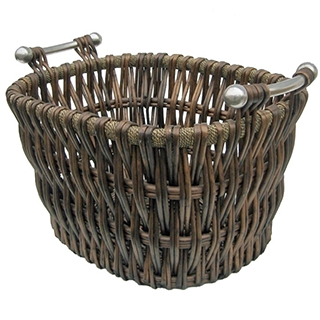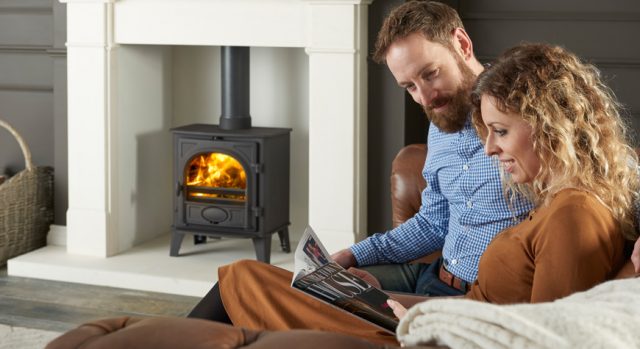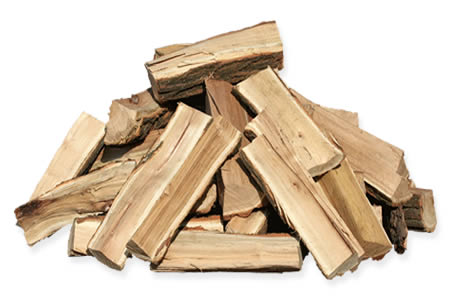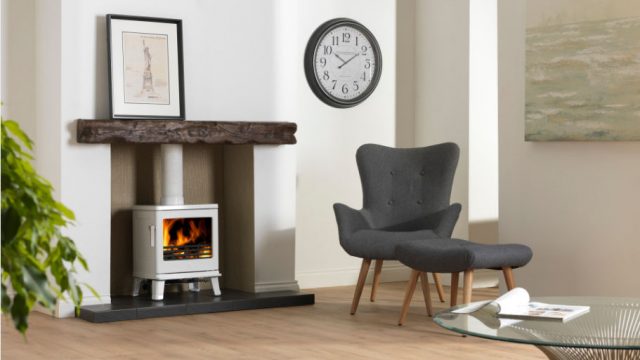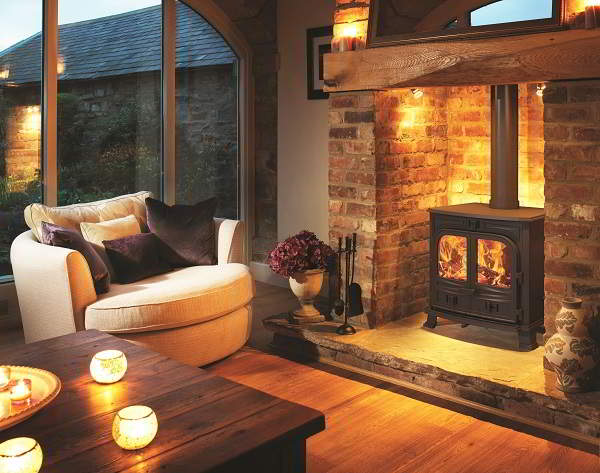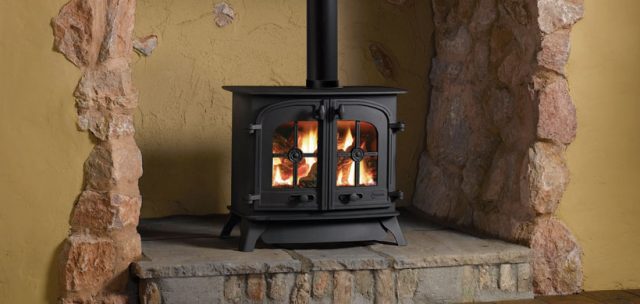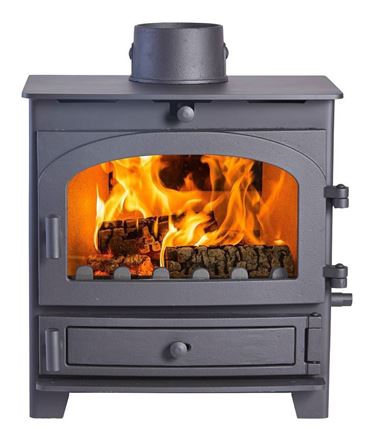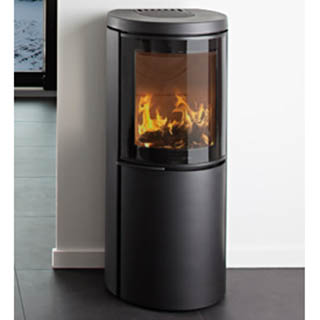You have bought the stove, you have your wood supply to hand and this new style of heat is deep-seated and extremely welcome. However, are you making the most of your wood-burning stove? Are you making life as simple as possible when collecting fuel? There are some interesting accessories for the modern day wood-burning stove enthusiast to consider.
Log carriers and log baskets
Whether you are carrying logs in from nearby or you are venturing into the woods to find natural fuel you will need to consider a log carrier and a log basket. There are many different types of log carrier and log basket made from different materials and different styles. One of the more popular types has to be the wicker basket which doubles up as a log carrier and a stylish log basket.

